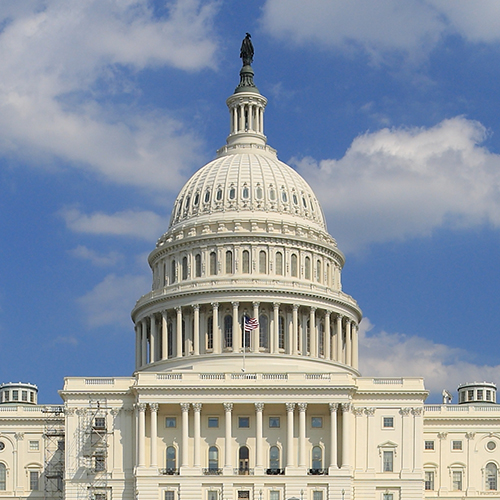UW geography students are doing their part for the public transit system.
A new RapidRide bus service in King County will have art as part of its route experiences, with artists encouraged to integrate aspects of the neighborhood into their work. UW students are assisting the artists by providing information about neighborhoods serviced along each route.
The student project was initiated by 4Culture, the agency coordinating RapidRide’s art program for King County Metro Transit. 4Culture staffers Tamar Benzikry-Stern ('05) and Tina Hoggatt contacted Katharyne Mitchell, UW professor of geography, aware of her interest in cultural geography and public scholarship.
“Public art, like cultural geography, offers opportunities to explore the meaning of place,” says Benzikry-Stern. “This project came out of wanting to explore bus transit corridors as places of meaning.”
Mitchell saw the project as an opportunity for students to delve into research that would have relevance beyond a final paper. The final product, a website, makes their research available to a broad audience.

Eight geography honors students participated, focusing on three RapidRide routes: Tukwila to Federal Way (A Line), Bellevue to Redmond (B Line), and West Seattle to downtown Seattle (C Line). Their approaches varied, reflecting their diverse academic interests. One team, considering careers in Geographic Information Systems (GIS), used maps to illustrate changing demographics on the Eastside. A classmate preferred to write a formal academic paper. Another student, with an interest in Native American issues, focused on the dispossession of the Duwamish peoples along the Duwamish River. At the request of 4Culture, all of the students also provided insights into their research process.
Ethan Boyles focused on West Seattle, an area he had never visited. “To be honest, I barely knew where West Seattle was,” he admits, adding that the disconnect between West Seattle and the rest of the city became a focus of his research. To get a sense of the place, he spent many hours bicycling through the area, checking out points of interest. He also interviewed residents and did extensive research using historical archives.
“Narrowing my research to a manageable topic was by far the most challenging aspect of the project for me,” says Boyles. “Research is a living beast—it is constantly morphing, moving down sidetracks, coming back, frustrating you, enlightening you, throwing up roadblocks, speedbumps, but avenues too. …The project I originally envisioned doing was definitely not the project I ended up doing.”
Eric Kramak tackled a less picturesque bus route: Pacific Highway South between Tukwila and Federal Way. “The present reality of this road is rather uninspiring,” says Kramak, understating the obvious. “It was only once I was able to look beyond the detritus of 50-plus years of suburbanization that I was able to begin work of any value.”
Kramak chose to focus on the history of Pacific Highway South—its creation and its early role as a major international highway—and then theorize more broadly on the role of travel and expansion in American ideologies. “Through these distinctly different yet inseparable lines of inquiry, I was able to show the landscape we see between Federal Way and Tukwila as ultimately reflective of both local historical necessity and a larger national culture.”
The class shared its research at two UW research symposia and at a Simpson Center for the Humanities presentation. They also met with 4Culture’s Public Art Advisory Committee, which includes art and design professionals; the presentation was also attended by representatives from Metro Transit and other groups. “It was a pretty serious meeting,” says Mitchell. “Everybody who attended thought the students’ presentations were fabulous.”
Benzikry-Stern concurs. “Working with Katharyne and the students was a real treat—fresh eyes, eager minds, and a range of thoughtful activity,” she says. “…We are grateful for what they have created and further possibilities that they have sparked. The website will be an information and inspiration bank.”
Given the positive feedback, Mitchell plans to continue the project next year, working with another set of honors students on more RapidRide lines. Beyond the possibility of artists tapping the information for their projects, she believes the website will be an enduring resource for the broader community.
“We view the site as a repository of important information about the cultural geography of our region,” says Mitchell. “We hope that, over time, many people will find it and use it.”
For more about the project and the neighborhoods explored, visit the project website at sites.google.com/site/alinehistoryprojectsite. To learn more about 4Culture, visit www.4culture.org.
More Stories

Is This Presidential Campaign Different?
UW History professor Margaret O'Mara provides historical context for this moment in US presidential politics.

Making Sense of This Political Moment
To navigate this momentous election season, Arts & Sciences faculty suggest 10 books about the US political landscape.

A Statistician Weighs in on AI
Statistics professor Zaid Harchaoui, working at the intersection of statistics and computing, explores what AI models do well, where they fall short, and why.